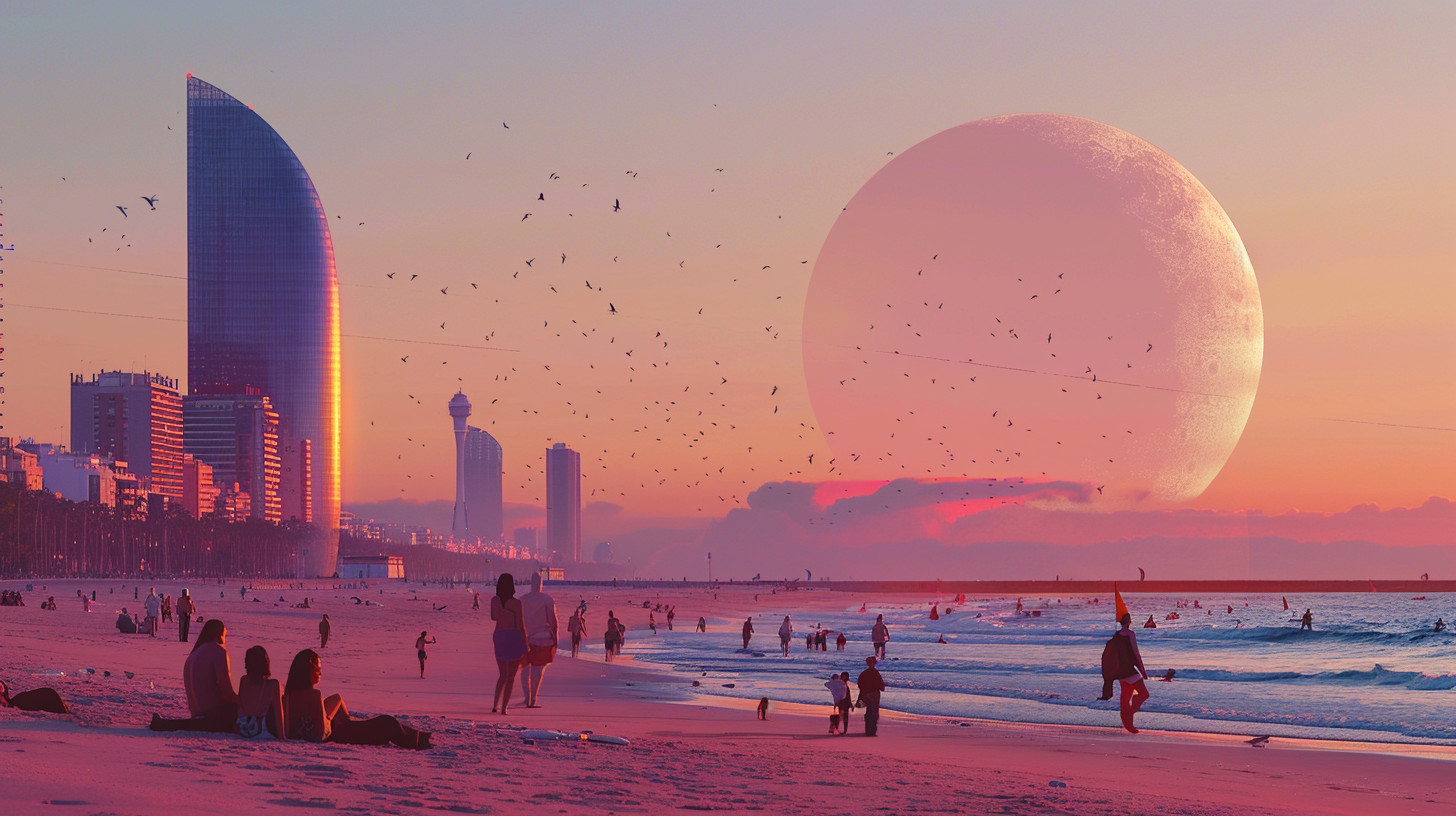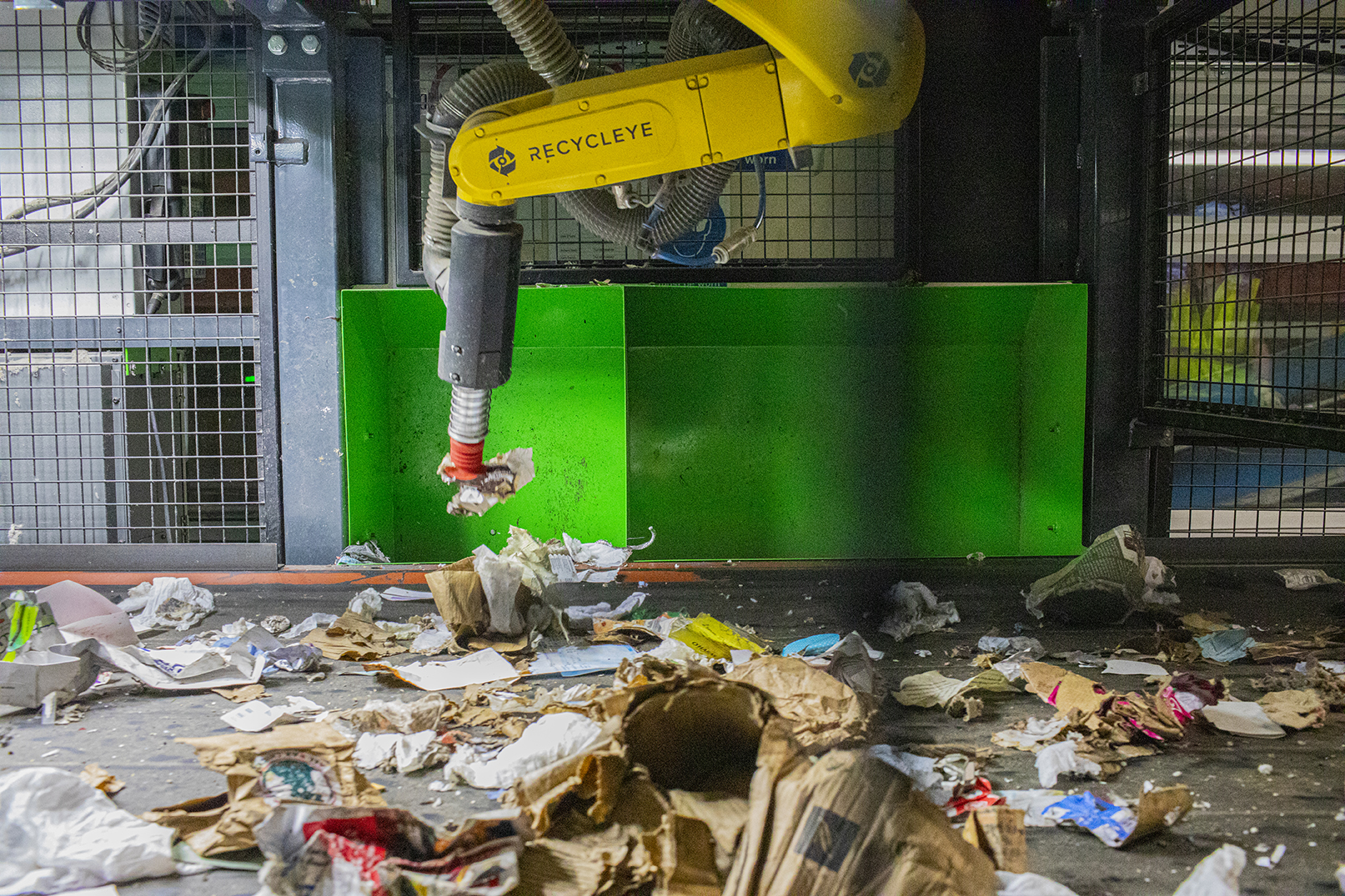The James Webb telescope continues to make history with spectacular captures of the universe. After revealing the “deepest” image of the cosmos ever taken, viewing the farthest star ever seen, depicting chaos in the Cartwheel galaxy, and many, many, many other amazing things, NASA’s space observatory has reached another milestone: achieving the sharpest live photos. of an exoplanet.
It is gas giant HIP 65426 b, a celestial body without a rocky, uninhabitable surface located 385 light-years from Earth. Experts have explained that the star has a mass between six and twelve times Jupiter and it can be argued that it is a young planet: between 15 and 20 million years old, compared to our Earth which is 4,500 million years old.
Talk about out of this world! This is Webb’s first direct image of a planet outside our solar system, and it hints at Webb’s future possibilities for studying distant worlds: https://t.co/ITcl6RItLa
Not what you expected? Let’s go through the details👇 pic.twitter.com/bCgzW0dcUE
— NASA Webb Telescope (@NASAWebb) September 1, 2022
Found in 2017
“This is a transformative moment,” said Sasha Hinkley, a professor of physics and astronomy at the University of Exeter in the UK, who was responsible for leading the telescope’s observations. “Not only for Webb, but for astronomy in general.”
NASA has determined that the exoplanet photographed was discovered in 2017 with the SPHERE instrument on the Very Large Telescope of the European Southern Observatory, in Chile. The mission captured images of bodies with short wavelengths of infrared light, but the big difference now is that James Webb’s infrared wavelengths are longer and therefore reveal new details previously inaccessible to ground-based telescopes.
“This gives us wavelengths at which we have never seen a planet before,” said Beth Biller, an astronomer at the University of Edinburgh and a member of the discovery team, before adding that the powerful telescope allows astronomers, among other things, to “study the various brightnesses of planets and their of what.”
Each of Webb’s 4 displays is at a different wavelength of infrared light. The white star is the location of the host star. The light is blocked by Webb’s coronagraph, or small mask. The bar shape in the NIRCam view is an optical artifact of the telescope, not a physical object. pic.twitter.com/RZGBioV4Qb
— NASA Webb Telescope (@NASAWebb) September 1, 2022
James Webb Pictures
NASA released a spectacular live image of HIP 65426 b this week, with the planet visible through four different light filters. The first, with a purple filter, displays with the NIRCam instrument at 3.00 micrometers. Blue, display with the NIRCam instrument at 4.44 micrometers. Yellow, at 11.4 micrometers; and red, at 15.5 micrometers, as described by the US space agency.
“Getting this image is like searching for space treasure,” said Aarynn Carter of the University of California, who led the analysis of the image. The scientist has detailed that at first all he could see was starlight, “but with careful image processing, I was able to dispel it and find the planet.” @the whole world

“Entrepreneur. Internet fanatic. Certified zombie scholar. Friendly troublemaker. Bacon expert.”







